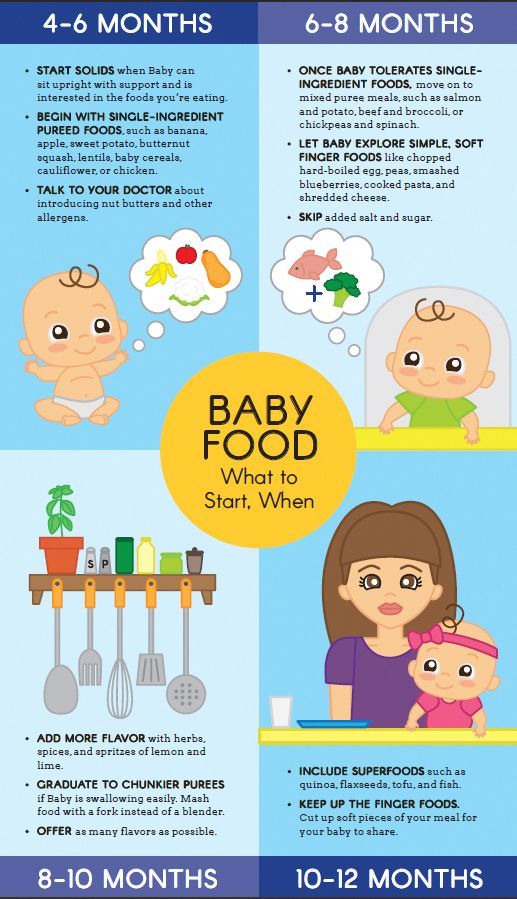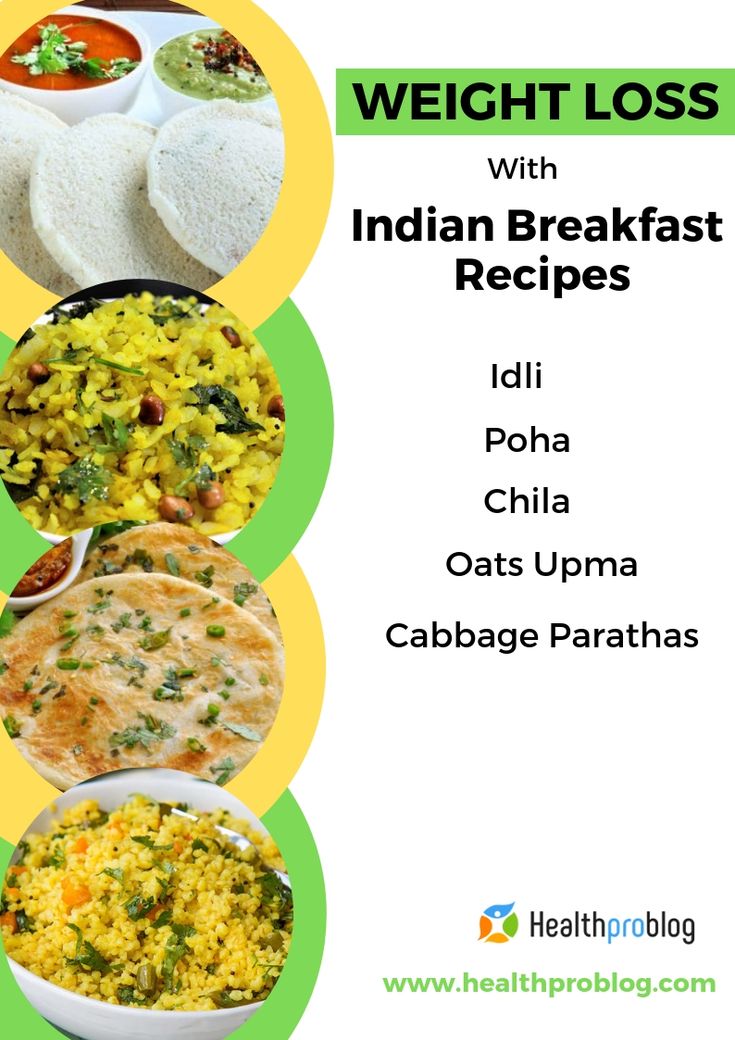What kind of food can babies eat at 6 months
Dos and Don'ts for Baby's First Foods
Wavebreak Media/Thinkstock
Breastfeeding has been shown to improve infant, child and maternal health outcomes and help control healthcare costs, but how long should breastfeeding last and when should parents introduce solid foods?
The Dietary Guidelines for Americans recommend exclusive breastfeeding, meaning the infant receives only breast milk, during the first six months of life for optimal nutrition and health benefits.
Once solid foods are introduced, health professionals recommend continuing breastfeeding through 12 months of age and, after that, as desired by mother and baby. Introducing your baby to solid foods is an exciting milestone. When you start introducing children to the world of solid foods, you are helping them shape their relationship with food and establish a healthy eating style. The timing for introducing solid foods will depend on the infant, but it is not recommended before the age of four months or after the age of six months.
Not sure how to get your baby started on solid foods? Consider these helpful tips.
Is Your Baby Ready to Transition?
Each child's readiness for solid food depends on their own rate of development. Signs a baby may be ready to start solid foods include sitting up with minimal support, demonstrating good head control, bringing objects to the mouth or grasping at small objects. Check with your pediatrician before starting solid foods.
Getting Started With Solids
Solid foods may be introduced in any order. However, puréed meats, poultry, beans and iron-fortified cereals are recommended as first foods, especially if your baby has been primarily breastfed, since they provide key nutrients. Only one new single-ingredient food should be introduced at a time.
Softer textures are very important when first introducing foods. Infants usually start with pureed or mashed foods around six months. As infants develop chewing and motor skills, they are able to handle items like soft pieces of fruit and finger foods. As the child ages, a variety of healthful foods is encouraged.
As the child ages, a variety of healthful foods is encouraged.
Weaning From Breastfeeding
When deciding if you should wean your baby to a bottle or a cup, consider their developmental readiness. Between 7 and 8 months, most infants will drink small amounts of liquid from a cup or a glass when someone else holds it. Older babies and toddlers often have the coordination to drink fluids from a cup by themselves.
If your baby is under 12 months of age and you are not continuing to breastfeed, wean from breast milk to iron-fortified infant formula. If your baby is 12 months or older, whole cow’s milk is appropriate.
Food Safety Do’s and Don’ts
Food safety concerns for infants and toddlers include food allergies, choking and risks for foodborne illness. Keep the following safety tips in mind:
Do talk with your pediatrician about the risk of food allergies. Introducing one new food at a time, every several days, allows time to monitor for allergic reactions.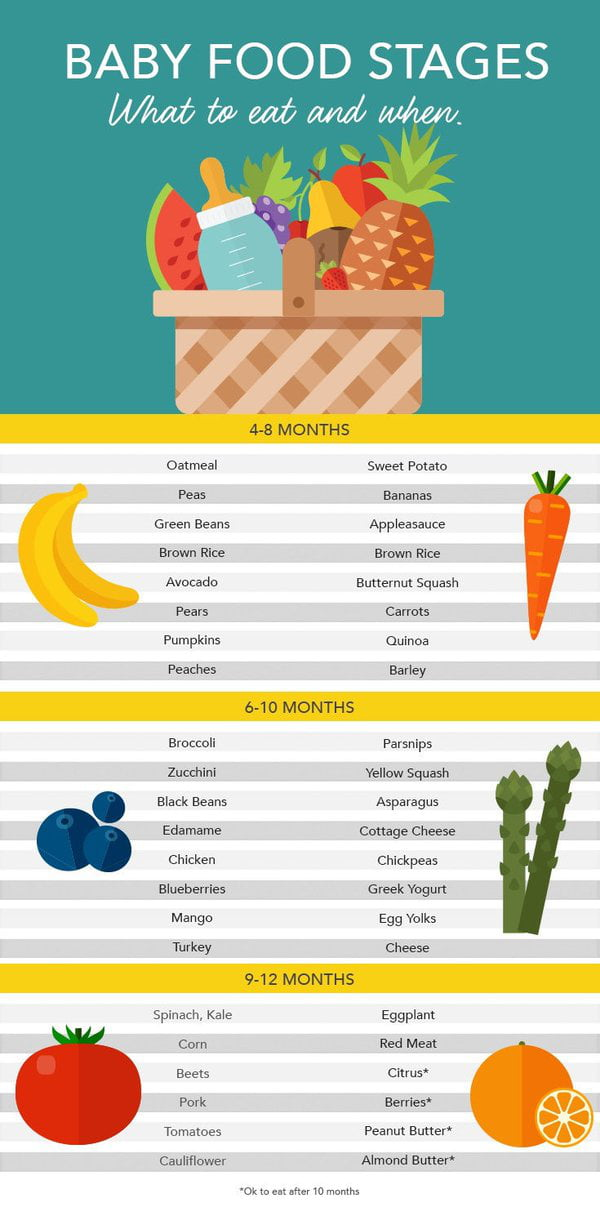 Current evidence does not indicate needing to wait beyond 4 to 6 months before introducing potential allergy-causing foods such as eggs, dairy, soy, peanuts and fish. In fact, introducing peanut-containing foods as early as 4 to 6 months of age may help prevent a peanut allergy. The Dietary Guidelines for Americans recommends introducing potentially allergenic foods when other complementary foods are introduced to an infant’s diet. Parents with concerns about food allergies should discuss how to include these foods with their pediatrician.
Current evidence does not indicate needing to wait beyond 4 to 6 months before introducing potential allergy-causing foods such as eggs, dairy, soy, peanuts and fish. In fact, introducing peanut-containing foods as early as 4 to 6 months of age may help prevent a peanut allergy. The Dietary Guidelines for Americans recommends introducing potentially allergenic foods when other complementary foods are introduced to an infant’s diet. Parents with concerns about food allergies should discuss how to include these foods with their pediatrician.
Don’t feed your baby solid foods from a bottle. It can be a choking hazard and despite a popular misconception, putting cereal in a baby's bottle won't help with sleeping through the night. Other foods that are considered to be choking hazards are listed below.
Do supervise your child while eating. Infants should be able to sit upright and face forward when you first introduce solid foods. This makes swallowing easier and choking less likely.
Don’t feed directly from the jar of food but instead spoon some food into a separate dish first. Feeding directly from the jar may introduce bacteria from your baby's mouth to the spoon and back into the food, creating a food safety issue.
Don’t feed honey to children under 12 months of age due to the risk of foodborne illness.
Examples of appropriate solid foods listed by age:
6 months:
- Well-cooked and pureed meat, poultry or beans
- Ground, cooked, single-grain cereal or infant cereal with breast milk or formula
- Cooked and pureed vegetables
- Mashed banana or avocado
9 months:
- Well-cooked, minced or finely chopped meat, poultry or beans
- A variety of cooked vegetables cut into small, ½ inch pieces, such as squash and green beans
- Sliced and quartered bananas or small pieces of other soft fruits
12 months:
- Soft, shredded meat, poultry or fish
- Small pieces of cooked vegetables
- Small pieces of soft, easy to chew fruits
- Mixed food dishes the family is eating in appropriately sized pieces
Not recommended for those under 4 years of age due to the risk of choking:
- Popcorn and whole kernel corn
- Nuts and seeds
- Large chunks of meat, poultry and cheese
- Candy, gum drops and jelly beans
- Hard, raw fruits or vegetables such as apples, celery and carrots
- Whole grapes and cherry tomatoes, unless cut into quarters
- Hot dogs, unless cut into strips and age appropriate, bite-size pieces
- Sticky foods, such as peanut butter, which can get stuck in the back of the mouth – peanut butter is okay if spread thinly on bread
For toddlers and preschoolers, chop grapes, meat, poultry, hot dogs and raw vegetables and fruits into small pieces (about ½ inch or smaller).
Nurturing Healthy Relationships with Food
Establishing a positive feeding relationship during infancy can have lifetime benefits. Keep in mind that children are responsible for how much and whether they eat so always wait for your baby to pay attention to each spoonful before you feed them. Don't be afraid to let your baby touch the food in the dish and on the spoon. You wouldn't want to eat something if you didn't know anything about it, would you? In addition, know the cues that your baby is done eating. A common cue babies are full is head turning.
Whatever happens, don't get discouraged and enjoy the experience. With a little patience and creativity, you can make your baby's first solid food eating experience fun for everyone involved!
When babies can eat cheese, and how to serve cheese to babies
Most babies can have softer cheeses as soon as they're used to chewing or gumming other solid foods, usually around 6 to 9 months.
Cheese is a healthy food for babies – it's a good source of protein and calcium. It also has phosphorus and vitamins B12 and A.
But keep in mind that cheese is a common choking hazard for babies, so don't give them large chunks of hard cheese to eat.
The best cheese for babies
The best types of cheese for early eaters are fresh mozzarella, ricotta, mild goat cheese, and other soft cheeses. Harder cheeses like cheddar can be introduced once your baby is a more experienced chewer.
Some processed cheeses (like American cheese) are high in sodium and offer less nutrition, so try to stick with less-processed cheese that's lower in sodium. Also, avoid low-fat cheeses and opt for cheeses that are made from whole milk, since babies need healthy fats to support their development.
Make sure any cheese you give your child is pasteurized. (It will say so on the product label.) Cheese made with unpasteurized (or raw) milk isn't safe for babies because it could be contaminated with listeria monocytogenes, a form of bacteria that can cause fatal foodborne illness, especially in infants.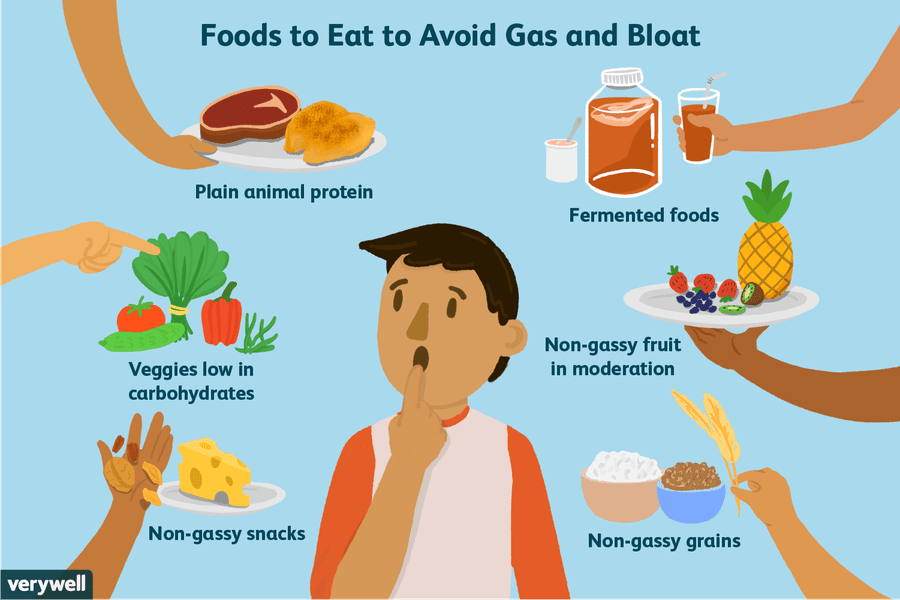
The vast majority of the cheese you'll find in grocery stores in the United States is pasteurized. If you buy imported cheese or locally made cheese from a farmer's market, ask if it's pasteurized before giving it to your baby.
Can babies be allergic to cheese?
If your baby has chronic eczema or a food allergy, talk to their doctor before giving them cheese. Cheese isn't one of the top allergenic foods, but it can still cause allergies because it contains milk protein.
Experts say most babies can start eating cheese after a few traditional solid foods (such as baby cereal, pureed meat, vegetables, and fruits) have been introduced without an allergic reaction. Even children with mild eczema or a family history of food allergies or asthma can eat cheese as long as they tolerate more common foods first.
When introducing a new food, give it to your baby at home, rather than at daycare or a restaurant. Serve it for three to five days before offering something else; that way you can monitor for a reaction and know what's likely causing it.
Signs of a food allergy include hives, itchy skin rashes, swelling, nausea, vomiting, diarrhea, and pale skin. If you notice any of these symptoms in your baby, let their doctor know. If your baby has symptoms that involve multiple parts of the body (such as hives with vomiting or diarrhea), it could be an anaphylactic reaction.
Other signs of an anaphylactic reaction are throat tightness, breathing problems, wheezing, lightheadedness, and loss of consciousness. If your baby shows signs of an anaphylactic reaction after eating cheese, call 911 or go to an emergency room immediately.
Lactose intolerance is different from a dairy allergy (it's a digestive response, rather than an immune response), but there isn't very much lactose in cheese, so babies don't usually have trouble digesting it.
While cheese is fine for babies, wait until your baby's a year old before giving them cow's milk. It's difficult for babies to digest, and doesn't have the right amounts of various nutrients babies need.
How to serve cheese to your baby
To prevent choking, at first offer only softer cheeses such as little mounds of ricotta or low sodium cottage cheese to your baby. As your baby gets older, you can serve grated, slightly firmer cheeses such as mild cheddar or Swiss.
Once your baby is an experienced chewer, you can give them bite-sized cubes of cheese along with other finger foods, like crackers, chopped hard-boiled eggs, and berries.
Try these baby food recipes with cheese:
- Pasta with spinach and ricotta
- Broccoli and cauliflower cheese
diet for a 6-month-old baby with breast and artificial feeding, an approximate menu for a week in the table, a diet for a day
Published: 02/10/2021
Reading time: 4 min.
Number of reads: 173567
Author of the article: Ponomareva Yuliya Vladimirovna
Pediatrician, candidate of medical sciences, allergist-immunologist
Changes in a child in the first year of life are very rapid, and each month is not like another. The 6-month milestone is very important, it is largely evaluative and transitional. By this age, most babies have doubled their birth weight, are about 15 cm tall, and some babies have already erupted their teeth. The age of 6 months is also transitional in terms of nutrition. Breast milk or an adapted formula is still the basis of the diet, but with the beginning of the second half of life, all children, without exception, should begin to receive complementary foods. Despite the general graph of growth and weight gain and indicators of psychomotor development, the status and diet of children at 6 months can be very different.
The 6-month milestone is very important, it is largely evaluative and transitional. By this age, most babies have doubled their birth weight, are about 15 cm tall, and some babies have already erupted their teeth. The age of 6 months is also transitional in terms of nutrition. Breast milk or an adapted formula is still the basis of the diet, but with the beginning of the second half of life, all children, without exception, should begin to receive complementary foods. Despite the general graph of growth and weight gain and indicators of psychomotor development, the status and diet of children at 6 months can be very different.
Content: Hide
- The first feeding of 6 months
- The start of complementary foods at 4-5 months
- The second half of the life
- for a week for a child at 6 months
The first feeding of
If the baby is healthy and breastfed, and his mother eats a full and varied diet, exclusive breastfeeding is possible until this age. Cereal complementary foods in this case are preferable to start. This is due to the high energy and nutritional value of cereals, the ability to significantly enrich the baby's diet with a delayed start of the introduction of complementary foods.
Cereal complementary foods in this case are preferable to start. This is due to the high energy and nutritional value of cereals, the ability to significantly enrich the baby's diet with a delayed start of the introduction of complementary foods.
However, the rate of expansion of the child's diet in this situation will be accelerated. Before the 8th month of life, it is necessary to introduce all basic food groups into the baby’s menu, since in the second half of the year the need for additional intake of nutrients and micronutrients is very high. Another reason explaining the importance of the rapid introduction of complementary foods is the formation of immunity of the immune cells of the intestine to ordinary food. If a child is introduced to these foods at the age of 4-8 months, the risk of developing food allergies has been proven to be reduced.
Complementary feeding starts at 4-5 months
In today's life, the nutrition of a nursing mother, unfortunately, is not always complete. Therefore, for most breastfed babies, complementary foods already need to be introduced from 5 months in order to prevent deficient conditions.
Therefore, for most breastfed babies, complementary foods already need to be introduced from 5 months in order to prevent deficient conditions.
If a child is bottle-fed, then by the 4th month of life, the baby will not have enough adapted formula alone, and in this group of children, the timing of the introduction of complementary foods usually shifts a month earlier than in breast-fed babies. Accordingly, by 6 months, children will have vegetable puree and gluten-free porridge (buckwheat, corn and rice) in their diet. In the first half of life, monocomponent meals are used (that is, from one type of grain and vegetables), prepared on the basis of water, breast milk or an adapted mixture.
Fruit puree and juice can be another possible complementary food for children under 6 months of age without allergy symptoms. In a child with a risk of developing or manifesting allergies, the timing of the introduction of fruit complementary foods is shifted to the 8th month.
Second six months of life
Children over 6 months of age can supplement their diet with cereals containing gluten.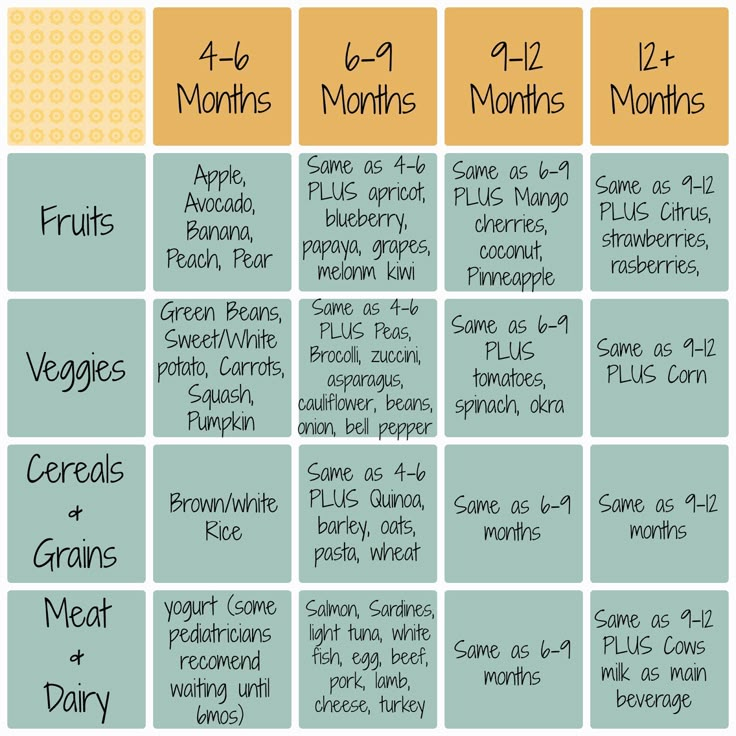 First of all, these are oatmeal and wheat porridge, and then multi-cereal dishes with the addition of other cereals (millet, barley, rye). If the child does not have any manifestations of allergies, milk porridge can be included in the menu at this age. Bebi Premium industrial baby food products include specially prepared milk that is safe to use in healthy babies in the first year of life.
First of all, these are oatmeal and wheat porridge, and then multi-cereal dishes with the addition of other cereals (millet, barley, rye). If the child does not have any manifestations of allergies, milk porridge can be included in the menu at this age. Bebi Premium industrial baby food products include specially prepared milk that is safe to use in healthy babies in the first year of life.
From the age of 6 months, the baby's diet is expanded with such important products as meat and cottage cheese. These products are a source of high-quality protein, fats, and are also rich in minerals such as iron, calcium, and phosphorus. Pediatricians and nutritionists recommend introducing meat and cottage cheese as part of combined dishes based on a fruit and vegetable and / or grain component in a ratio of 1 (cottage cheese / meat): 4–5 (fruits / vegetables / cereals).
To enrich the diet with polyunsaturated fatty acids in the second half of the year, the menu includes vegetable oil in the amount of 3–5 grams per day, which can be added to the complementary food dish.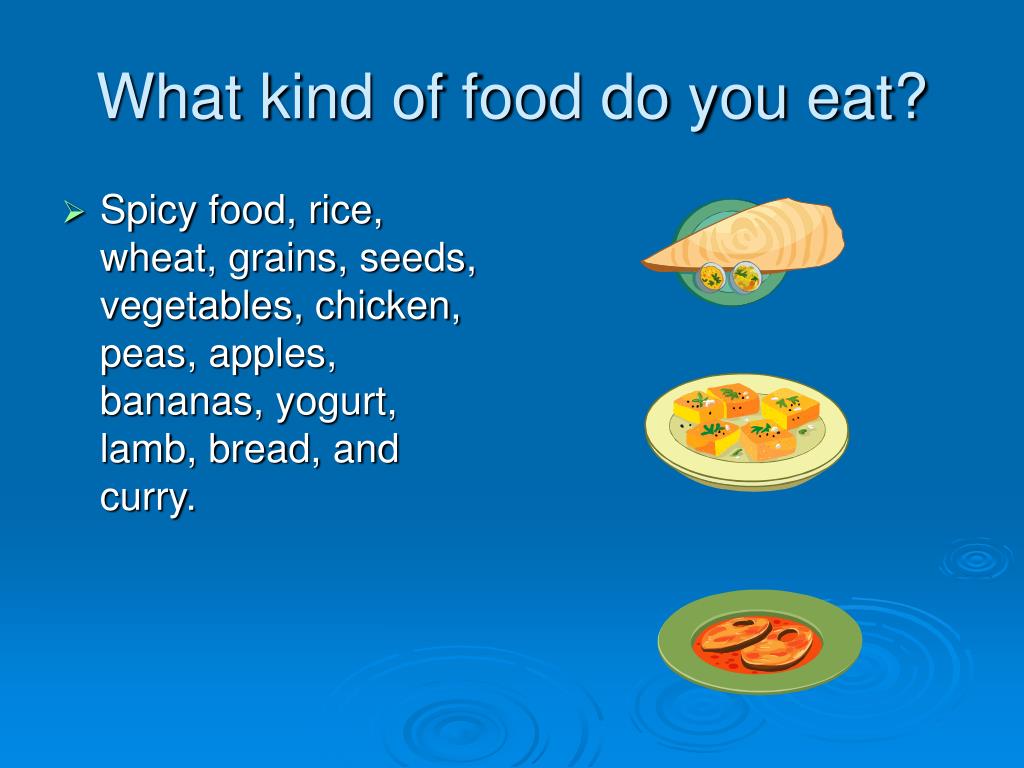 The volume of each feeding is approximately 150-170 ml, and the child can already stand up to 3.5 hours between meals.
The volume of each feeding is approximately 150-170 ml, and the child can already stand up to 3.5 hours between meals.
In the table below, we offer a menu of 6 months for a week for a child who started receiving complementary foods at the age of 4-5 months, and by the time the second half of life begins, dairy-free gluten-free cereals, vegetable and fruit purees have already been introduced into his diet.
1st day
| Seeing | 0065 50|||
| Lunch (12.30) | vegetable soup with beef, olive oil | 100/30/3 | compot of drocked 9006, 9006 9 |
| Afternoon snack (16.00) | Plum puree with cottage cheese | 60/40 | |
| Breast milk/formula | 60 062 | ||
| food reception | menu | ml/g | |
| Early morning | breast milk/mixture | 150 | Milki | & Bashas Breakfast (09 cherry Bebi Premium» | 100 |
| 0065 Breast milk/mixture | 150 | ||
| children's soluble cookies "BEBIKI" Classic | |||
| GRUSHERS with rice and Claus | GRUSHIOUS WITH RISE and CRETURE 30 | ||
| Bebi Premium Kids Instant Herbal Tea | 50 | ||
| Bedtime 065 Breast milk/formula | 150 | ||
Rate the article
(Number of votes: 20, average 4.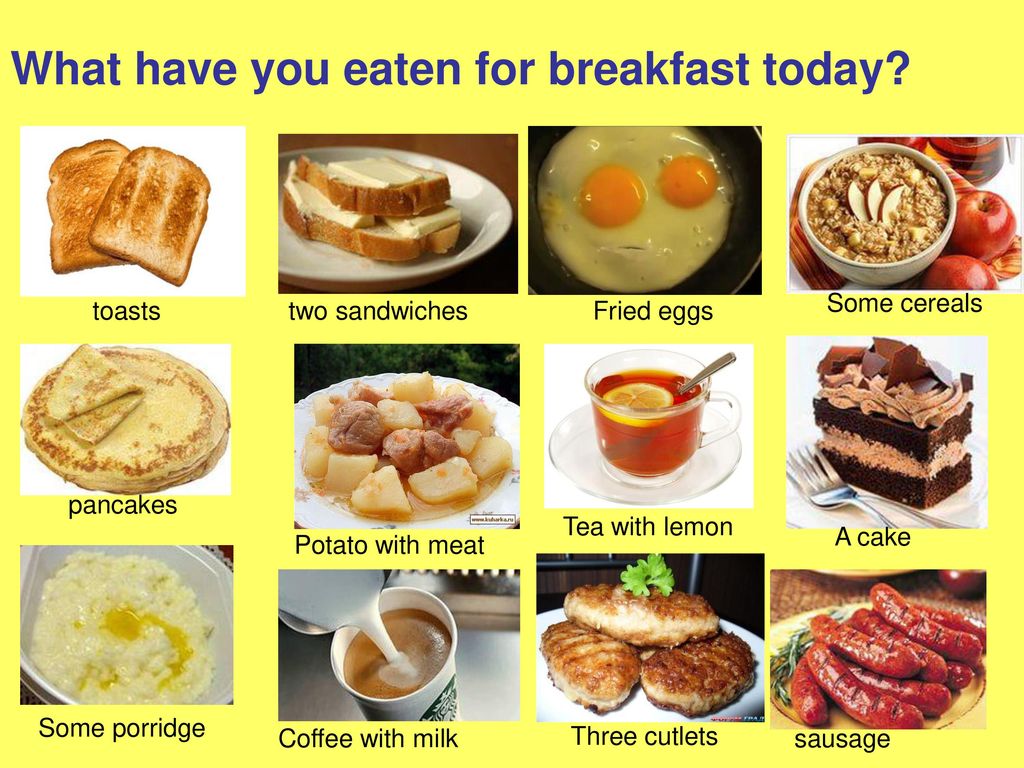 8)
8)
Share with friends:
what can be given, what fruits and vegetables, how to feed a 7-month-old baby on breast or artificial feeding
Healthy nutrition allows the baby to grow and develop properly. Despite the fact that breast milk remains the basis of the diet, complementary foods also become important for the child. Acquaintance with new products should be carried out carefully, starting with a small amount, monitoring the reaction and getting used to changes in nutrition. What can you eat at 7 months? The list is replenished with fruits and vegetables, cereals and mashed meats, and you can drink children's tea or water.
Content: Hide
- Acquaintance with new products
- Features of the introduction of new products in the menu
- Sample power supply in 7 months
- In what form to give products
- Diet of 7 months
- Important recommendation
Getting to know new products
You need to start feeding your baby gradually, moving from simple to complex. At first, it is better to use one-component products - vegetable purees or cereals. Fruits should be introduced after them, as a pleasant addition to the main course. Over time, you can add new ingredients, increase portions and make the consistency thicker, with pieces of fruit or vegetables. At the same time, the feeding scheme for each baby is individual.
At first, it is better to use one-component products - vegetable purees or cereals. Fruits should be introduced after them, as a pleasant addition to the main course. Over time, you can add new ingredients, increase portions and make the consistency thicker, with pieces of fruit or vegetables. At the same time, the feeding scheme for each baby is individual.
Features of the introduction of new products in the menu
Pay close attention to the signals your child gives you. He is probably already full if:
- turns away from the spoon and closes his mouth;
- is easily distracted by extraneous factors;
- pushes and tries to throw food away;
- starts to eat much more slowly.
It is normal if the amount of food varies from feeding to feeding. However, if the child has become restless, an intestinal disorder or a rash has appeared, then complementary foods should be discontinued and wait until all symptoms disappear, and then offer another product. Bad experiences should also be reported to the pediatrician.
Bad experiences should also be reported to the pediatrician.
Approximate diet
The child should have a clear daily routine, this also applies to the organization of nutrition. As a rule, children eat five times a day. An example menu might look like this.
First meal. Occurs at 6 a.m. and consists of mother's milk or special formula if the baby is formula-fed. Doctors usually recommend that you breastfeed your baby for as long as possible, if possible, and add supplemental foods gradually.
Second meal. At 10 am it's time for the children's breakfast. The basis for it is porridge. Also, a child at 7 months old can eat boiled chicken yolk - this is a source of vitamin B12, selenium and phosphorus. During breakfast, you can offer your baby a new product. The child is already hungry enough to try it, and mom will have time to track the reaction throughout the day.
Third meal. Lunch usually starts at 2 pm - this is the most satisfying meal, followed by a walk. If in the morning you did not give the baby unfamiliar foods, then you can introduce something new into the diet. Vegetable and / or meat puree, porridge with a vegetable component are suitable for lunch, if the child did not receive porridge in the morning.
If in the morning you did not give the baby unfamiliar foods, then you can introduce something new into the diet. Vegetable and / or meat puree, porridge with a vegetable component are suitable for lunch, if the child did not receive porridge in the morning.
Fourth meal. At 6 pm, afternoon tea time. Unfamiliar products should not be present here. The main task of this meal is to replenish the energy spent in the morning and on a walk. Bebi milk porridges contain natural fruit additives and biscuits. The dish is balanced in terms of the composition of nutrients (fats, proteins, carbohydrates) and gives strength for an active evening.
Fifth meal. At 10 pm, the regimen is completed with mother's milk or IV formula. Feeding something else is not worth it in order to exclude overeating, as well as the possible consequences of getting to know new products.
Read also: Complementary foods and dishes
How to give food
The list of what a child can eat at 7 months is already quite wide, compared with crumbs up to six months. Preparing a dish for a baby is not difficult at all. If you decide to feed your child mashed vegetables, then they need to be peeled, boiled and chopped in a blender. Fruit puree is even easier: they don't need to be boiled, although some can be baked beforehand. Particularly hard foods can first be passed through a meat grinder, and then use a blender. Soft fruits are easy enough to grate. If you are giving egg yolk, boil the eggs for at least 15 minutes.
Preparing a dish for a baby is not difficult at all. If you decide to feed your child mashed vegetables, then they need to be peeled, boiled and chopped in a blender. Fruit puree is even easier: they don't need to be boiled, although some can be baked beforehand. Particularly hard foods can first be passed through a meat grinder, and then use a blender. Soft fruits are easy enough to grate. If you are giving egg yolk, boil the eggs for at least 15 minutes.
Why is self-catering not always appropriate? Pediatricians recommend using cereals, mashed potatoes and other industrial products when organizing the nutrition of a child at 7 months. Such complementary foods are produced taking into account strict hygienic requirements, have the necessary degree of grinding and a verified composition, including vitamins, and, if necessary, are enriched with minerals, pre- and probiotics, omega-3 and other biologically active components.
Baby's diet at 7 months
Porridge.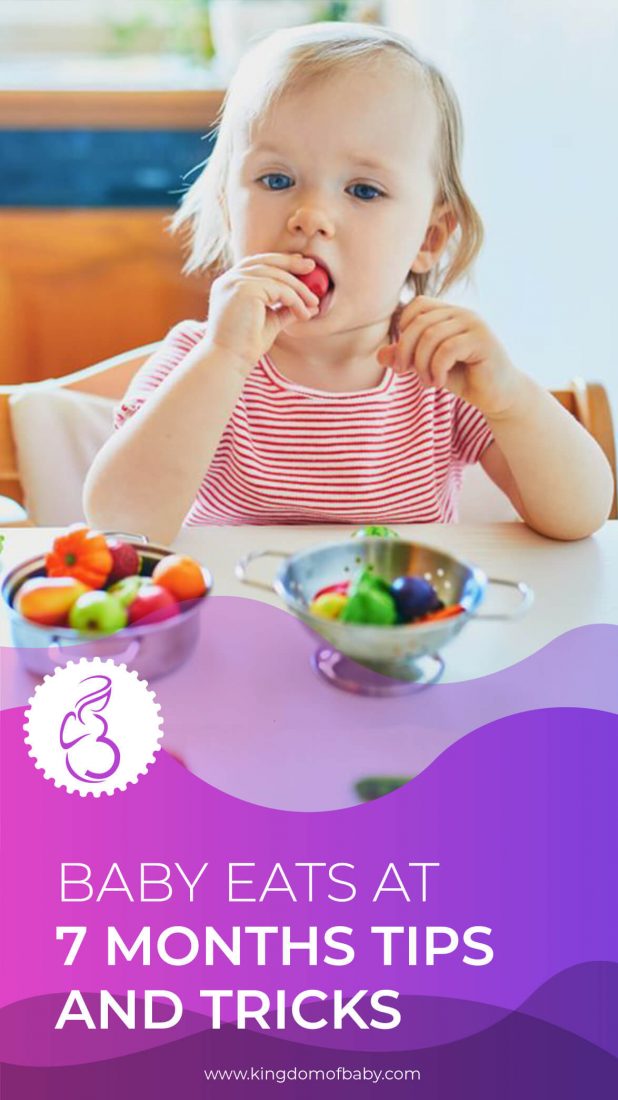 At the age of 7 months, porridge is already a familiar product in the baby's diet. During this period, the volume of complementary foods per day is 150 g. Dairy cereals or fruit and cereals, dessert (for an afternoon snack), vegetable and probiotic-enriched porridges of industrial production are selected.
At the age of 7 months, porridge is already a familiar product in the baby's diet. During this period, the volume of complementary foods per day is 150 g. Dairy cereals or fruit and cereals, dessert (for an afternoon snack), vegetable and probiotic-enriched porridges of industrial production are selected.
Vegetable puree. First foods must have soft dietary fiber. Zucchini, pumpkin, broccoli or cauliflower will do. Later, you can add carrots, beets, potatoes. Legumes are recommended to be introduced after 8 months as they can contribute to gas and bloating. Puree for a child should not contain salt or spices. You need to feed the baby gradually, starting with one teaspoon and gradually increasing the portion. For 7 months, the average volume is about 150 g.
Meat puree. If the child is prone to allergic skin reactions to complementary foods, then a rabbit or turkey is a good place to start. If you are allergic to milk proteins, beef and veal should be excluded. With iron deficiency, rabbit meat is recommended - it contains a lot of this substance. Meat puree should be combined with vegetable puree and given at lunchtime. In this combination, iron is well absorbed. In the first days, you can dilute the puree with vegetable broth or breast milk - a familiar taste will help speed up adaptation to new products.
With iron deficiency, rabbit meat is recommended - it contains a lot of this substance. Meat puree should be combined with vegetable puree and given at lunchtime. In this combination, iron is well absorbed. In the first days, you can dilute the puree with vegetable broth or breast milk - a familiar taste will help speed up adaptation to new products.
Fruit puree. It is introduced after the child has become acquainted with cereals, vegetables and meat. For the first time, apple or pear puree is suitable - they are easier to digest. Apricots, bananas, plums and berries are medium allergenic foods, so the baby is introduced to them later. Melon, strawberries and citrus fruits can be given at the age of about one year. If you choose ready-made products, then pay attention to the composition: it is better if the puree does not contain sugar, starch and other additional components.
Baby biscuits. It can be given as a treat. Ordinary sweets are not suitable for a child at this age, as well as bread or crackers, to which he can reach. You need to choose specialized products designed specifically for babies. They are introduced into the diet in the same way as other types of complementary foods, given in the morning and monitoring the reaction.
You need to choose specialized products designed specifically for babies. They are introduced into the diet in the same way as other types of complementary foods, given in the morning and monitoring the reaction.
Drinks
A 7-month-old baby should only drink water and baby tea. As for regular tea, WHO does not recommend its consumption by infants and young children. This is due to the fact that such a drink contains tannins, as well as other compounds that bind iron and other minerals, which reduces their bioavailability.
Experts also recommend delaying juices. So, in the “Program for optimizing the feeding of children in the first year of life in the Russian Federation”, the following is said about the drink: “Given their insignificant nutritional value, it is advisable to prescribe only after the introduction of all the main types of complementary foods. In addition, the use of juices, especially between meals, increases the risk of tooth decay. A large volume of juices (above the recommended amount) can serve as a risk factor for overweight in the future.

